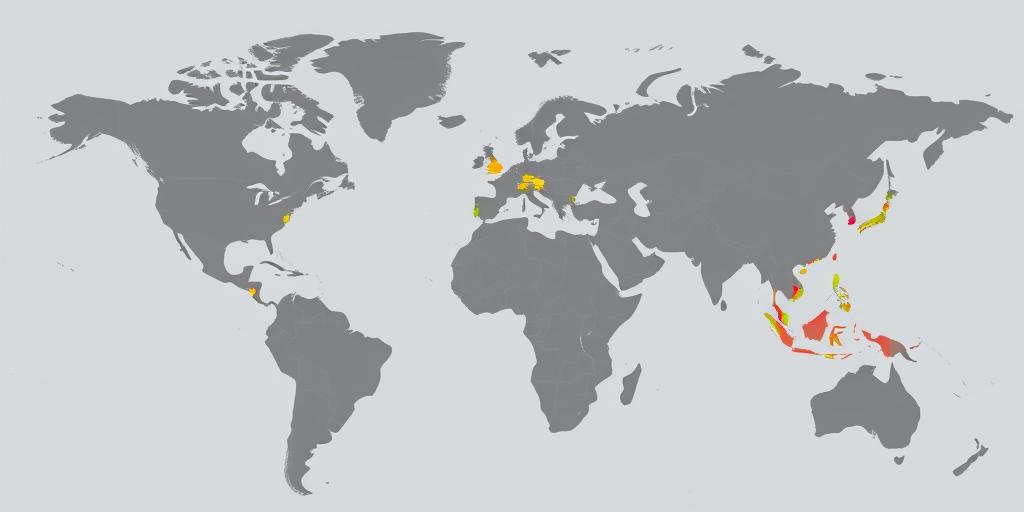Geopolitical Analysis of Specific Border Hotspots
Border regions, often perceived as mere lines on a map, are in reality complex and dynamic interfaces where national interests, cultural identities, and economic imperatives collide. These areas can quickly become 'hotspots' due to a confluence of factors, escalating tensions and potentially leading to international crises. This analysis will delve into several critical border regions around the globe, examining the geopolitical dynamics that make them prone to conflict.
1. The Korean Peninsula: A Legacy of Division
The Demilitarized Zone (DMZ) separating North and South Korea is arguably one of the most heavily fortified borders in the world. The Korean War, which ended in an armistice rather than a peace treaty, left the peninsula in a state of perpetual tension. The North's nuclear ambitions and aggressive military posturing, coupled with the South's alliance with the United States, create a volatile environment. Regular military exercises, occasional skirmishes, and propaganda warfare underscore the ongoing animosity. The future of the Korean Peninsula hinges on denuclearization talks and a potential peace agreement, but significant obstacles remain.
2. The India-Pakistan Border: Kashmir and Beyond
The Line of Control (LoC) in Kashmir is another region fraught with geopolitical risk. Both India and Pakistan claim the territory in its entirety, leading to multiple wars and ongoing skirmishes. Cross-border terrorism, fueled by separatist movements and supported by external actors, further destabilizes the region. The Siachen Glacier, the world's highest battlefield, is a testament to the absurd lengths to which both countries will go to assert their claims. Beyond Kashmir, water disputes and trade disagreements contribute to a broader climate of distrust.
3. The Eastern European Front: Ukraine and Russia
The Russia-Ukraine border has become a major flashpoint in recent years following Russia's annexation of Crimea and support for separatist movements in eastern Ukraine. The conflict has not only resulted in significant loss of life but also triggered a broader geopolitical realignment, with NATO bolstering its presence in Eastern Europe and economic sanctions imposed on Russia. The situation remains tense, with sporadic fighting and a lack of a clear path towards a peaceful resolution. The Minsk agreements, designed to de-escalate the conflict, have largely failed to achieve their objectives.
4. The South China Sea: A Maritime Border Dispute
While not a land border, the South China Sea represents a maritime border dispute involving multiple countries, including China, Vietnam, the Philippines, Malaysia, and Brunei. China's expansive territorial claims, based on historical arguments and the construction of artificial islands, have led to increasing tensions with its neighbors. The United States, concerned about freedom of navigation, conducts regular naval patrols in the area, further complicating the situation. The risk of miscalculation and accidental escalation remains high.
5. The US-Mexico Border: Immigration and Security
The border between the United States and Mexico is a complex region characterized by high levels of immigration, drug trafficking, and economic interdependence. While not a traditional military hotspot, the border has become increasingly politicized, with debates over border security, immigration policy, and trade. The construction of a border wall, along with increased border enforcement, has strained relations between the two countries. The ongoing challenges of managing migration flows and combating transnational crime require a cooperative approach, but political divisions often hinder effective solutions.
Conclusion
These border hotspots represent a diverse range of geopolitical challenges, each with its own unique history, dynamics, and potential for escalation. Understanding the underlying causes of tension, the interests of the involved actors, and the potential consequences of conflict is crucial for policymakers and analysts seeking to promote peace and stability. Effective diplomacy, conflict resolution mechanisms, and a commitment to international law are essential tools for managing these volatile regions.









